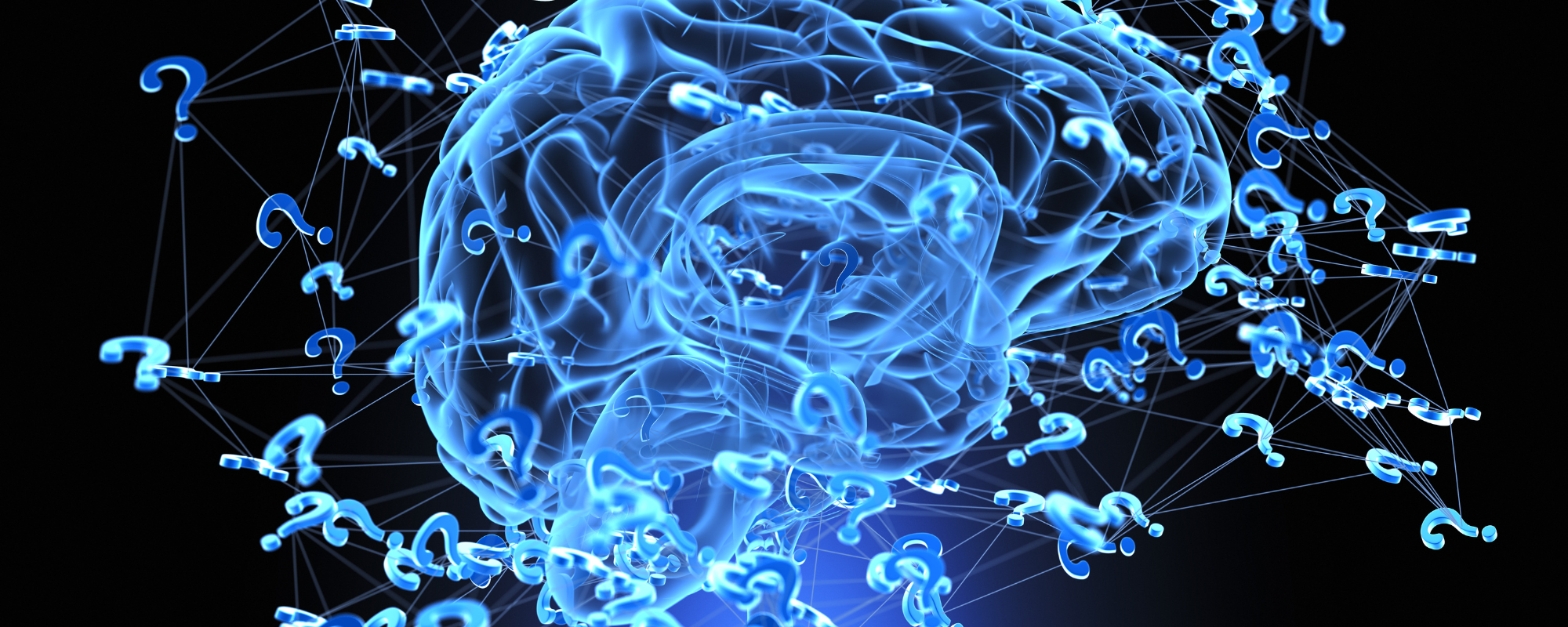Delirium
Delirium is a complex neuropsychiatric syndrome characterized by a rapid onset of cognitive changes, disturbances in attention, and altered consciousness. In post-acute and long-term care (PALTC) settings, delirium poses substantial diagnostic and therapeutic challenges given the vulnerability of the older adult population and the variety of potential triggering factors.
The exact pathophysiology of delirium remains multifactorial and is not fully understood. It is thought that a combination of predisposing vulnerabilities (e.g., baseline cognitive impairment, advanced age) and precipitating factors (e.g., infections, polypharmacy, metabolic derangements) disrupt neurotransmitter signaling and cerebral metabolism.
Clinical Features & Diagnosis
Delirium can present with a myriad of symptoms and is traditionally classified into:
- Hyperactive Delirium: Manifesting with agitation, hallucinations, and restlessness.
- Hypoactive Delirium: Characterized by lethargy, inattention, and slowed speech or motor activities.
- Mixed Delirium: Fluctuating between hyperactive and hypoactive states.
The fluctuating nature of delirium can sometimes make it challenging to distinguish from dementia or depression. A hallmark feature is the rapid onset and variability in symptoms. Tools such as the Confusion Assessment Method (CAM) can aid in diagnosis.
Management Principles in PALTC
- Identification & Treatment of Underlying Causes: Comprehensive evaluation to uncover and address triggering factors (e.g., treating infections, optimizing medications, rectifying electrolyte imbalances) is pivotal.
- Environmental Interventions: Keeping the environment consistent, ensuring proper lighting, maintaining a day-night cycle, and familiar items or faces can have a stabilizing effect.
- Pharmacological Interventions: While non-pharmacological strategies are first-line, some patients may require temporary medication, especially in hyperactive delirium where agitation poses a risk. Antipsychotics such as haloperidol or risperidone are often considered, but their use should be judicious given potential side effects.
Prevention Strategies
- Risk Factor Mitigation: Regularly reviewing and minimizing unnecessary medications, ensuring adequate hydration, and managing pain effectively can reduce delirium risk.
- Orientation & Cognitive Stimulation: Engaging activities, orientation protocols, and frequent communication can help maintain cognitive clarity.
- Mobility: Encouraging safe mobility and physical activity can prevent deconditioning, which might precipitate delirium.
In PALTC settings, where intricate medical issues coincide with frailty, it becomes vital to identify and handle delirium effectively. This process involves combining acute medical care, behavioral strategies, and adjustments to the environment. These measures are rooted in a patient-centered philosophy and require close interdisciplinary cooperation.


